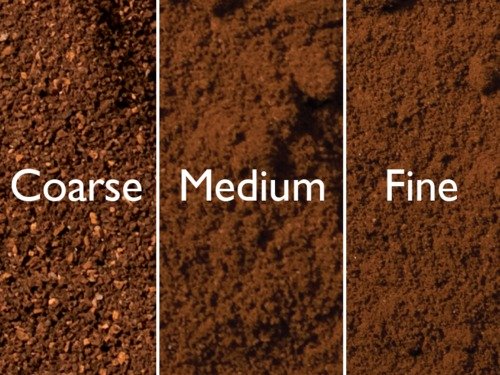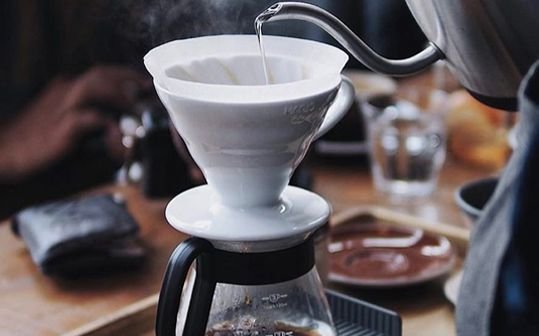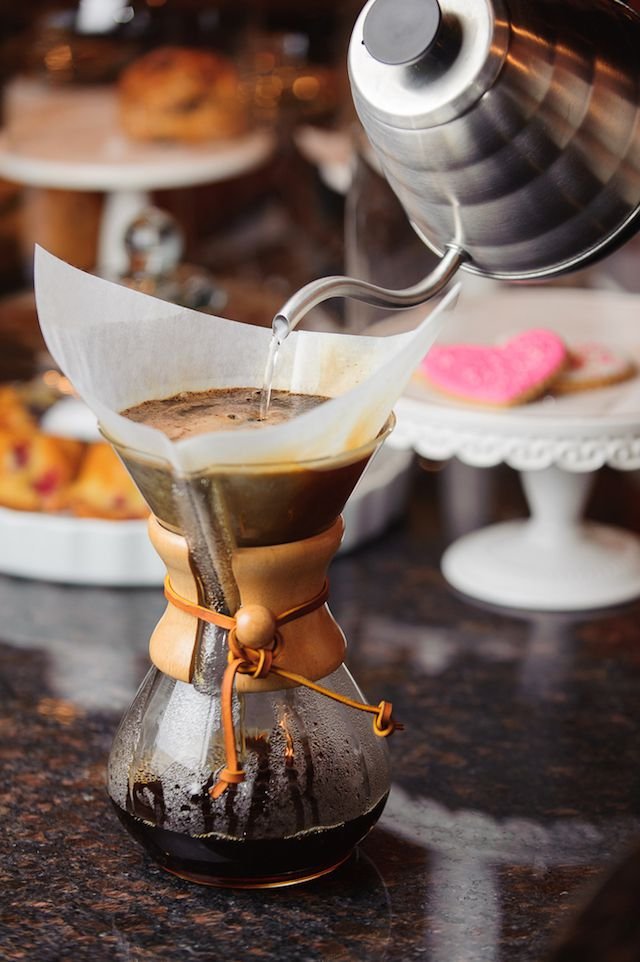Introduction
Pour-over coffee brewing is a popular method allowing coffee enthusiasts to control various brewing variables precisely. One crucial aspect of brewing is the control of brewing time. This article will explore six practical ways to control brew time in pour-over coffee. Understanding and manipulating brew time can significantly impact your cup of coffee’s extraction and overall flavor. Let’s dive into the fascinating world of brew time control in pour-over coffee.
Why Control Brew Time?
Before we delve into the methods of controlling brewing time for coffee, let’s understand why it is essential. Brew time refers to the duration the water stays in contact with the coffee grounds. By controlling brew time, you can modify the extraction process, adjusting the flavors and strength of your coffee. It provides an additional variable to tweak and enhance the taste profile of your brew.
6 Ways to Control Brewing Time in Pour-Over Coffee
1. Temperature and Brew Time
Temperature plays a crucial role in both extraction and brewing time for coffee. Higher water temperature increases extraction, while lower temperature decreases it. However, it’s important to note that temperature also affects the liquid flow rate through the brewing device. A higher temperature accelerates the flow, resulting in a shorter brew time. A lower temperature slows it down, leading to a longer brew time.
2. Grind Size and Brew Time

Grind size directly impacts the brew time in pour-over coffee. Finer grinds result in a longer brew time, while coarser grinds lead to a shorter brew time. It’s advisable to avoid using grind size or water temperature as the primary means to control brew time. These variables already influence extraction, and altering brew time through them can lead to unpredictable extraction levels in your coffee.
3. Coffee-to-Water Ratio and Brew Time
The amount of coffee and water you use in the brewing process can affect brewing time for coffee. Using more water will result in a longer flow time through the brewer while using less water will lead to a shorter flow time. It is essential to maintain a balance between the amount of coffee and water to achieve desired brew times.
Read also: Coffee Brewing Ratios Demystified: Your Guide to Brewing the Perfect Cup
4. The Impact of Filters

The type of filter used also influences brew time. Filters with varying pore sizes allow more or less liquid to flow through. There can be a wide range of brew times, even within specific filter materials. For example, changes made to the Hario V60 filters resulted in significant alterations to brew time, despite the filters appearing identical.
5. Pouring Techniques and Brewing Time
The pouring technique plays a crucial role in controlling brew time. Two primary methods, pulse pouring and continuous pouring, impact brew time differently. Pulse pouring involves intermittent pouring with short intervals, resulting in a longer brew time. Continuous pouring, on the other hand, involves a steady flow of water, resulting in a shorter brew time.
Different pouring patterns, such as circular pour and center pour, also affect brew time. While both patterns can have similar brew times, it’s important to note that the distribution of grinds can vary. For instance, if certain grinds remain dry, center pours may lead to uneven extraction. The choice of pouring pattern depends on factors like filter thickness and coffee roast level.
6. Optimal Pouring Speed and Height
Controlling pouring speed and height during the pour-over process is crucial in maintaining consistent brew times. Pouring slowly minimizes agitation and helps keep the brew time consistent. Conversely, pouring too fast increases agitation and can extend the brew time. Similarly, pouring from a lower height reduces agitation, resulting in a more consistent brew time.
Adapting to Different Coffee Beans
It’s important to acknowledge that each coffee bean has its unique brew time. Factors such as roast level, roast date, and density of the beans all contribute to variations in brewing time for coffee. Adapting to different beans and understanding their characteristics is an ongoing process in the pursuit of brewing the perfect cup of coffee.
Read also: Brewing Noob? Here are the Best Coffee Beans for Pour Over!
Conclusion
Controlling brew time in pour-over coffee is a skill that allows coffee enthusiasts to explore the vast possibilities of flavors and aromas. By understanding the impact of variables such as temperature, grind size, coffee-to-water ratio, filters, pouring techniques, and pouring speed/height, you can refine your pour-over brewing process. Remember that each coffee bean requires its own adjustments, making it an ever-evolving craft. Embrace the challenge, experiment with different methods, and enjoy the rewarding experience of brewing your ideal cup of pour-over coffee.
Looking for coffee beans for your brewing needs? Check out our green coffee beans.

